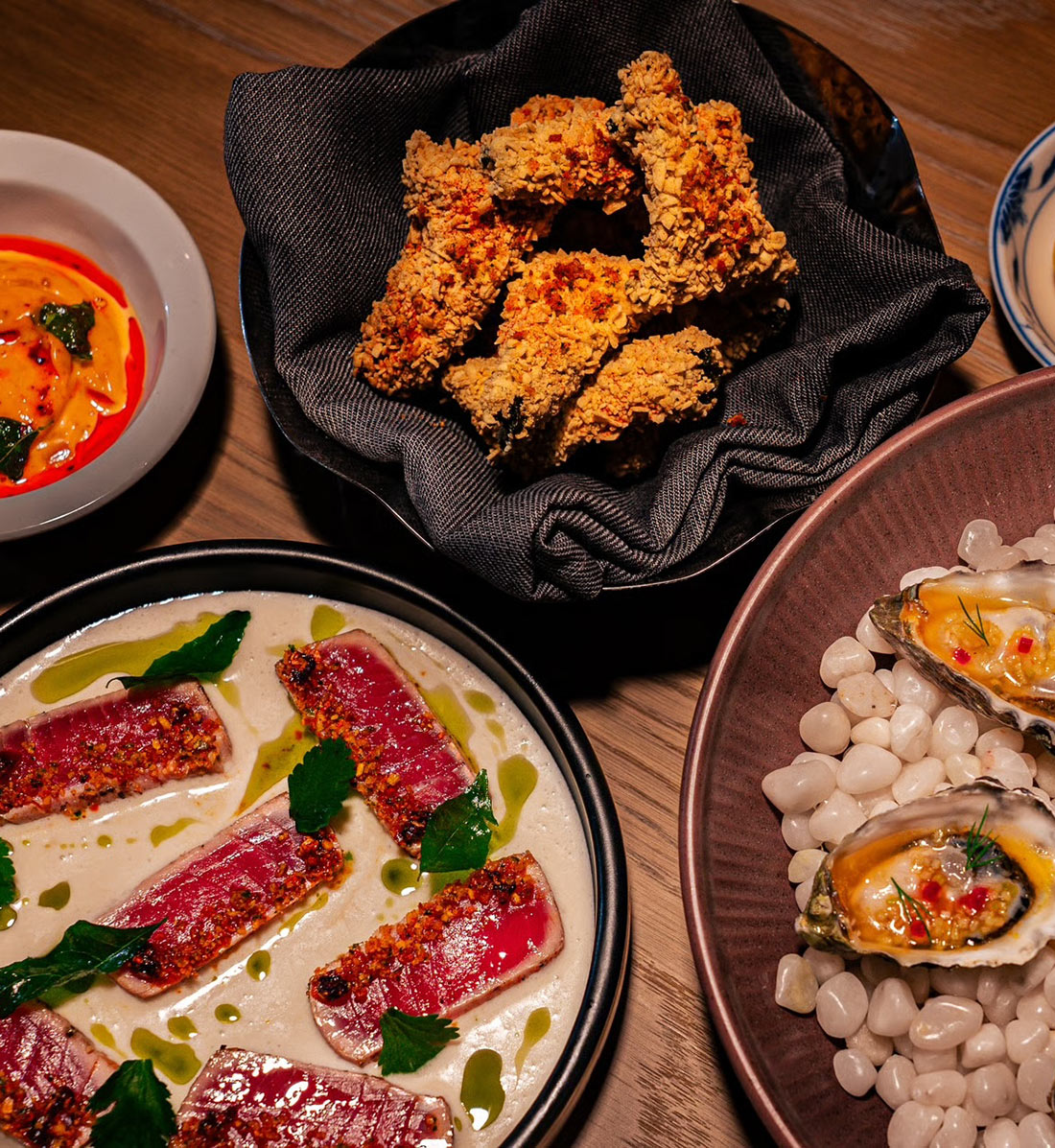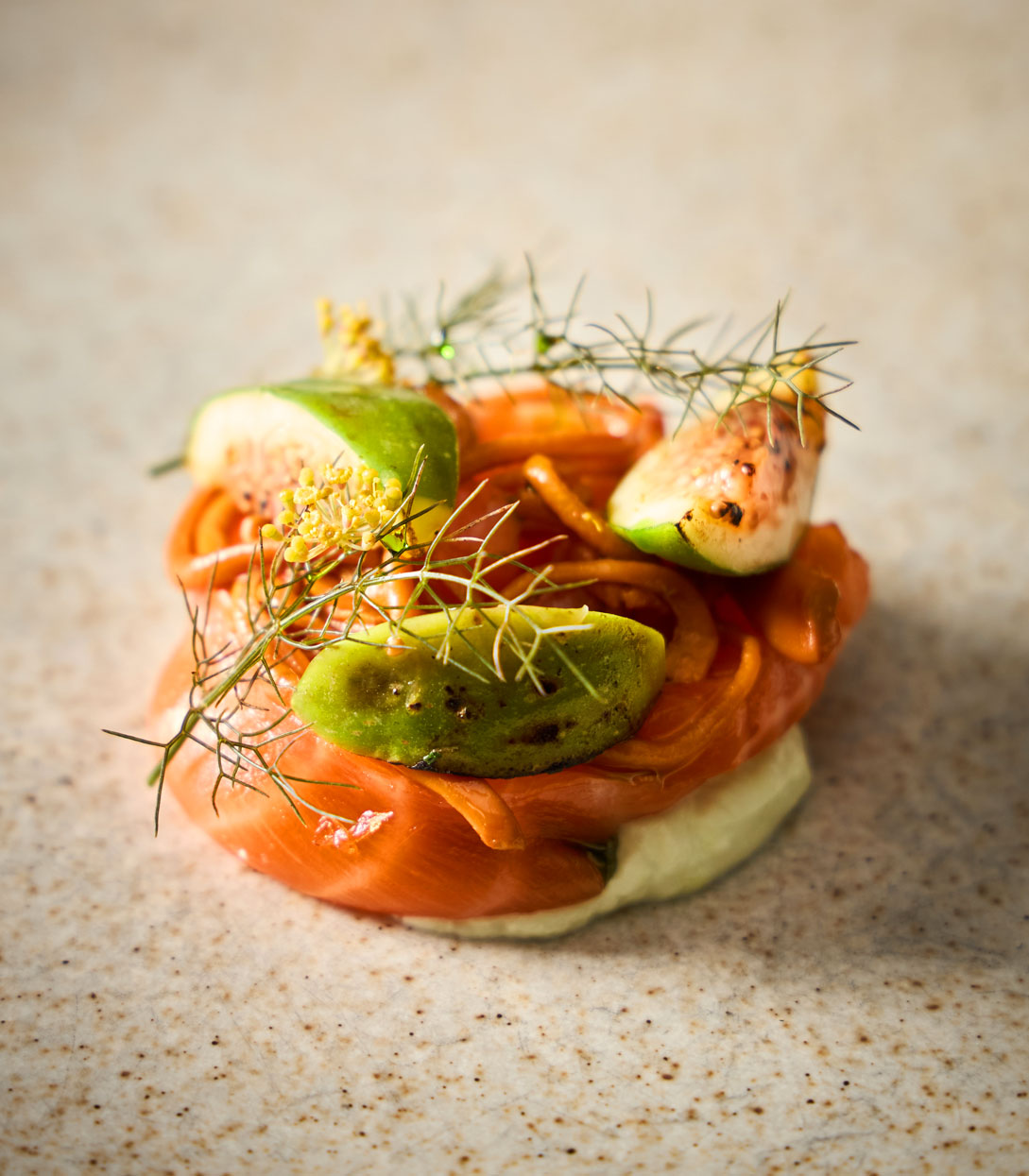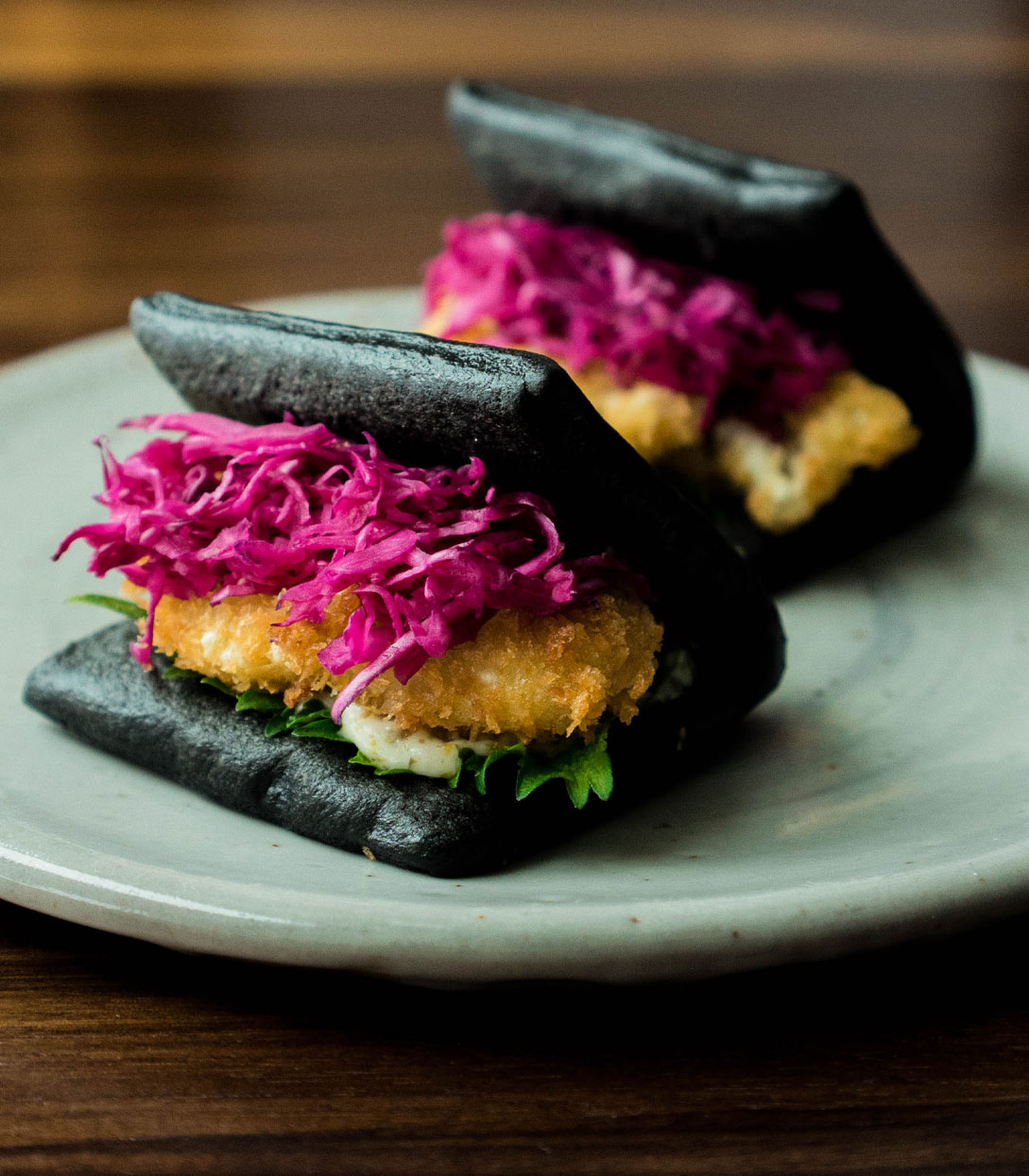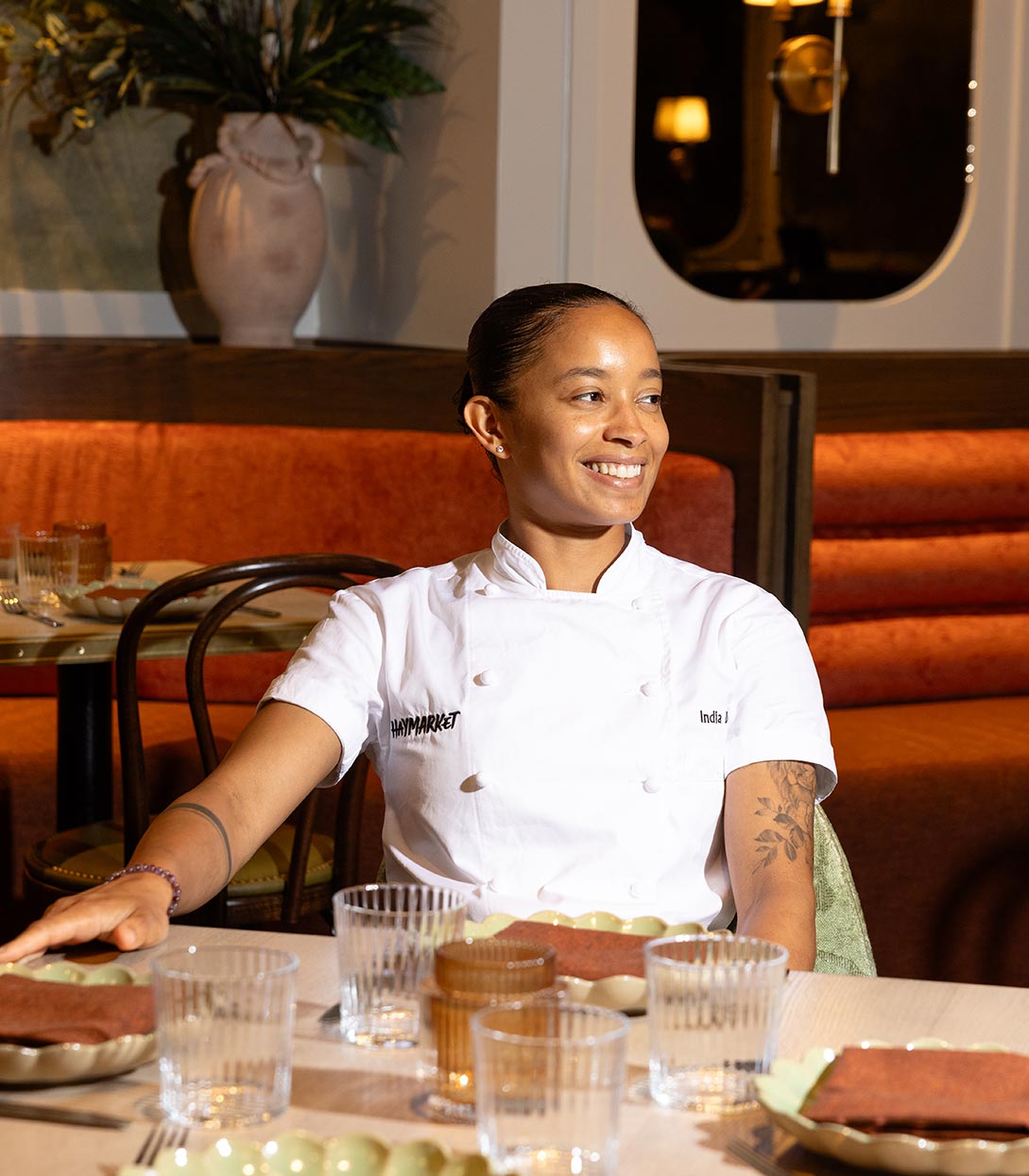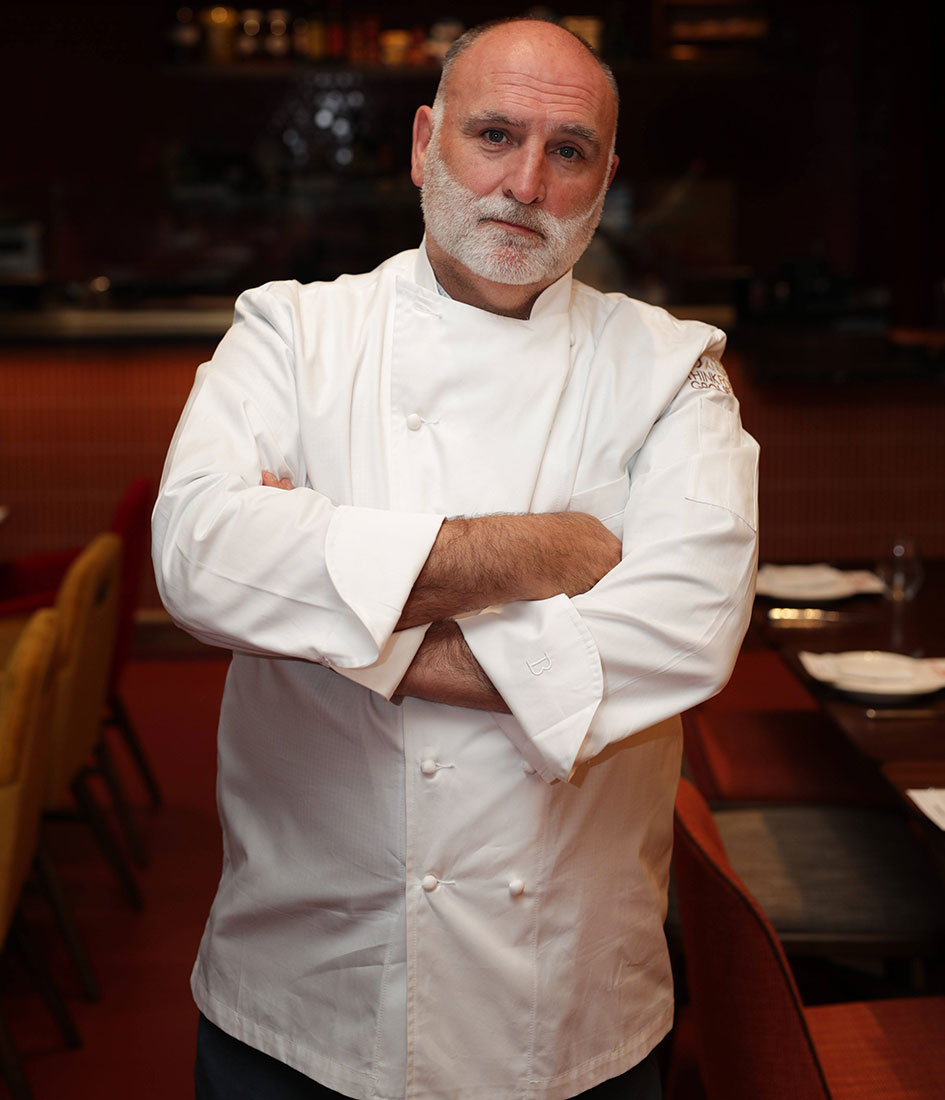Wellness means something different to everybody and every culture. Though often mass marketed in the U.S. as daily ohms, monthly massages, and occasional, immersive weekend retreats, in other countries, wellness is a lifestyle. Like Sweden, where Two MICHELIN Star chef Emma Bengtsson says wellness wasn’t a word during her upbringing, but an action.
“I was always very active as a kid; it’s part of being in nature and being outside,” shared Bengtsson about growing up in Sweden. “It’s not so much thinking of it as wellness, it’s just something that you’re used to and everyone does. It’s a different way of living where it may not be specifically thinking of it as wellness, it’s just there."
Bengtsson recently took over the kitchen at one of the U.S.’s prominent wellness resorts, Canyon Ranch in Lenox, Mass., where she introduced eager guests to Swedish superfoods like sea buckthorn — packed with antioxidants and known for being antiviral, anti-inflammatory and a host of other health benefits — that she served with yellowtail crudo in the first course of dinner, and herring, that she served for breakfast alongside lingonberry juice.
“Herring has Vitamin B, D, Omegas, healthy fats, and it fills you up really well,” said Bengtsson, noting her own struggle with vitamin deficiencies that herring helps with. “There’s a reason why Nordic cuisine has so much herring in it because it’s how we survive throughout the winters.”

Admittedly, when Bengtsson was asked to cook at Canyon Ranch, she says she researched the resort to learn more about their ethos. On 120 acres, the wellness resort aligned with her desire to spend time in nature and the hot and cold therapies at the spa supported her weekly routine.
“I sit in the sauna for 30 to 40 minutes then cold plunge for 10 to 15 minutes before work, three times a week,” said Bengtsson. “Energy-wise it starts your day off completely differently. I have days where I don’t do it because I want to sleep an extra hour and that whole day is so different than if I actually make my way to the gym to sauna and plunge.”
After spending the weekend at the Berkshires property, we had the chance to catch up with Chef Bengtsson to learn more about what wellness means to her, from plunge to plate.
What does wellness mean to you personally?
Overall, to be able to work. If I don’t look after myself or eat properly and work out, then I can’t do what I love—which is being in the kitchen.
What’s something that you consider part of your wellness routine that might not fit the mainstream definition?
I love to clean. My perfect Sunday is to spend hours cleaning—organizing the bathroom cabinets, the closet, doing laundry. When a week is really stressful, I just come and go and don’t think about it so much, but I have things everywhere. When Sunday comes, it’s kind of like I’m cleaning away the stress of the week. People have told me I’m crazy to do it on my day off and should hire someone to do it but I’m like “no I like it.”
Is there a misconception around wellness you want to discuss?
When it comes to wellness, it means something different to everyone. Being able to come up here and detach from everything and relax might be wellness to some people while it actually might stress other people. It’s hard to dictate to someone like “this is wellness” because it’s so different depending on your personality. I can see myself after a day or two craving the city and the rush because I need that as well.

At (last night's dinner) you touched upon wanting guests to “feel light” after your four-course meal. Is this something you try to incorporate at Aquavit as well as your cooking at home?
I cook what I love to eat. I am so over the whole rolling out of a restaurant situation. I want people to have this great feeling once they’re done with their meal—just happy and light—still being full but not wanting to go and throw up. Unfortunately, a lot of restaurants have pushed to that point with 20 to 30 courses and I’m over it! That’s something I constantly think of and eat through Aquavit’s menu to know that when I get to the end, I’m doing OK. I also want everyone to enjoy dessert, not say “I’m too full.”
I won’t lie, my food isn’t always healthy, I do use butter and sugar and all those things but there’s certain ways you can cook and almost trick your mind into thinking food is light. I feel like we need to get over this view of eating for eating’s sake. We need to look at food more like art and it should be an experience you come away from enlightened.
What’s the easiest way to present dishes that are of this lighter style?
My grandma used to always say, “It’s better to eat real butter in smaller quantities than a lot of low-fat butter.” If you really want to enjoy the flavor and the goodness of it, then just use a little bit but still use it. I’m a strict believer that all the light products out there are not good for you. I always say, go for the real product and use less of it. Once you start thinking that way, you kind of start cooking differently—maybe just searing the fish with vegetables on the side in a little bit of butter but you don’t need to cover everything in cream or butter. It comes down to moderation.

What is a Swedish dish you love introducing people to?
Herring. It’s one of those things that I feel sad about when people ask to switch out a herring course for something else after reading the menu. I always try to tell them “try it and if you don’t like it, I’ll send another dish.” The ones who actually say yes and go for it, don’t end up wanting another dish.
What’s the best way to prepare herring?
Traditionally, herring goes with potatoes, hard boiled egg, and Pries cheese on flatbread (this is how we serve it at Aquavit at the bar). But we also do all our sauces for herring. Pickled herring is basically the base then there’s so much fun you can do with it, like mustard herring and horseradish herring. We put it in lingonberry jam. I made a cake with it a couple years ago. I've done a herring ice cream sandwich—it’s a little salty and pickly but it’s really good.
What’s one of the earliest techniques you learned that you still use?
Preserving. Being able to make jams and save seasonal ingredients for when the winter comes is a very old Swedish tradition. It’s something we learn at a young age. My grandma used to make a lot of black currant jelly, put wax on it and the jars would fill up every pantry she had, then we’d eat our way through it the whole winter.

Hero image: Shelbie Monkres









